The Send Anywhere Awards, a competition organised by British Journal of Photography in collaboration with Send Anywhere, gave one photographer the opportunity to travel to a destination of their choice on an all-expenses-paid trip. Sarah Pannell was selected as the winner and journeyed to Egypt to explore the decline of its once-thriving tourism industry.
Egypt has been plagued by myriad social and political upheavals since the Egyptian Revolution of 2011. Sparked by the Tunisian Revolution of late 2010, which marked the advent of the Arab Spring, Egyptian citizens took to Cairo’s Tahrir Square in early January 2011. The ensuing protests, which lasted almost six weeks, culminated in the resignation of President Hosni Mubarak and the end of his 30-year regime. Despite a momentary illusion of stability, in the following years, the country has undergone a series of tumultuous transitions.
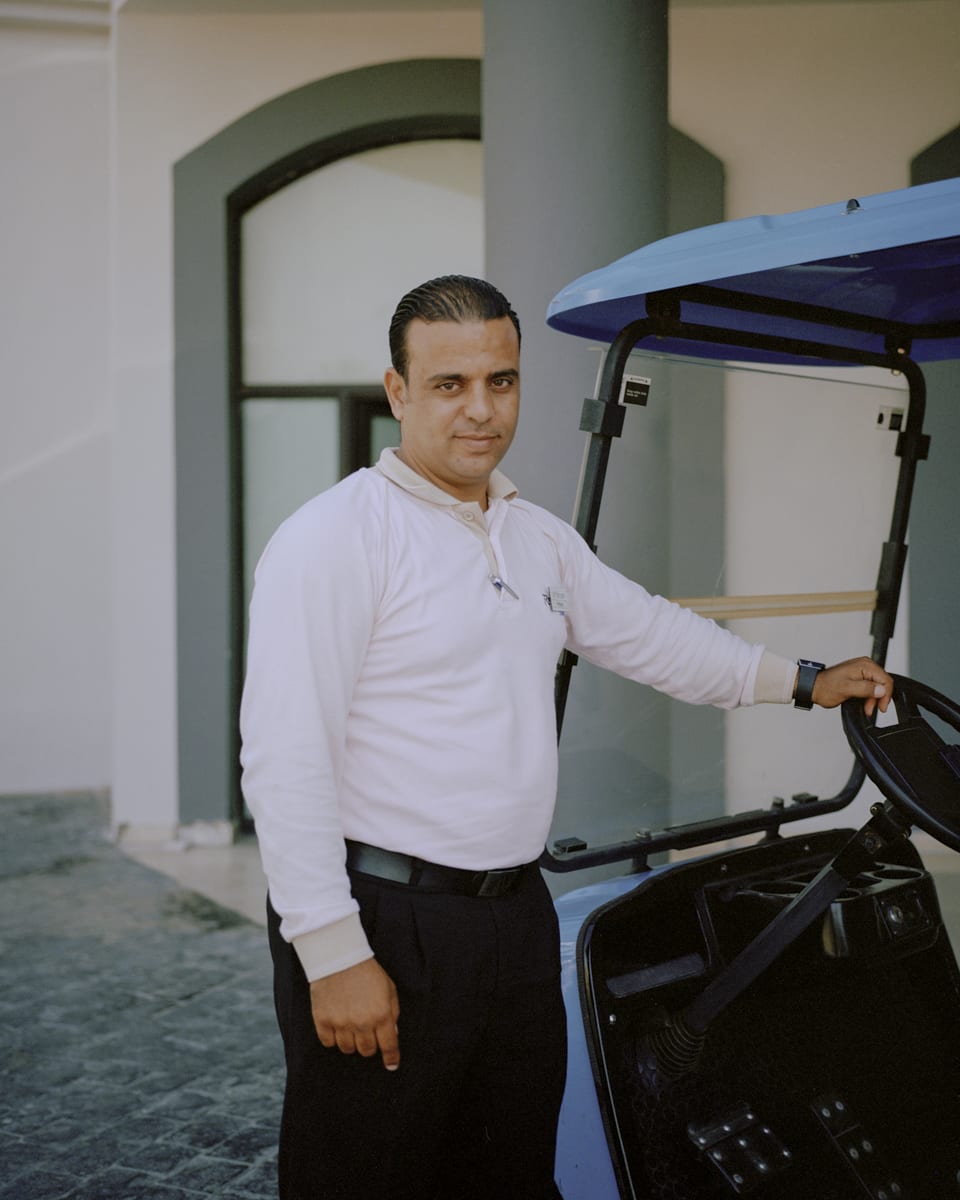
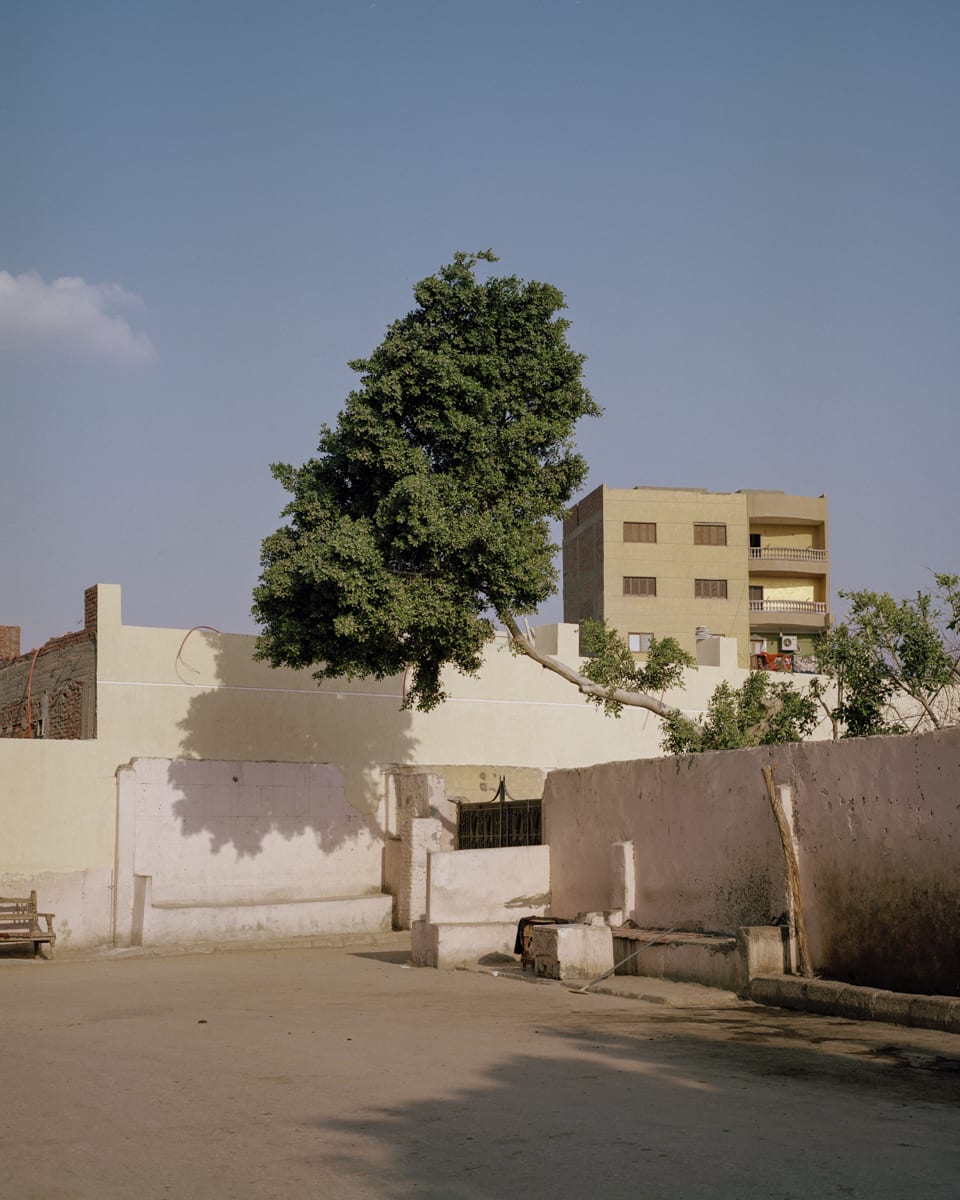
In March 2018, documentary photographer Sarah Pannell travelled from her base in Melbourne to investigate the decline of Egypt’s once thriving tourism industry in the aftermath of the Arab Spring. In an interview with British Journal of Photography, Pannell explained that she wanted to explore this subject after a chance meeting with an Egyptian traveller during a visit to Japan. The two spoke for hours about his homeland, including the decline in tourism – one of the country’s leading sources of income – and the effect of this on the general population. “My friend definitely painted a realistic picture of his home; his stories and descriptions matched what I saw and experienced,” she says, reflecting on the trip.
Egypt’s tourism industry has suffered blow after blow since the Egyptian Revolution of 2011. At its height, in 2010, the sector employed 12 percent of the country’s workforce and generated $12.5bn in revenue. However, a military coup in 2013, followed by a number of plane crashes, ensured that any semblance of industry growth was short lived. In July 2016, Egypt’s official statistics agency, Capmas, released figures showing that tourist numbers were down 41.9 percent compared to the previous year. Despite initial figures for this year indicating a 35 percent increase in visitors since February 2017, the reality on the ground remains bleak.

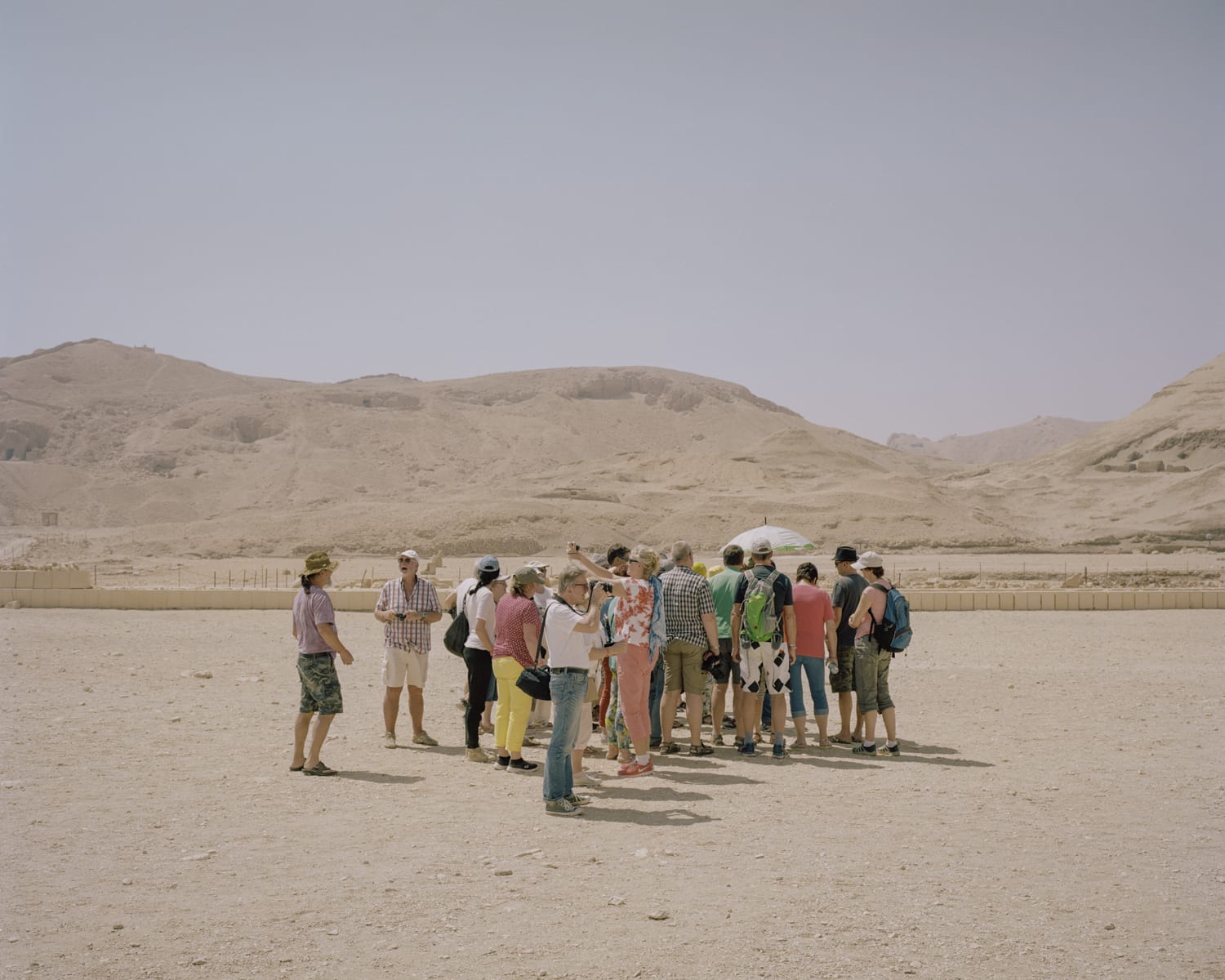
Over a period of just over three weeks, Pannell journeyed from the city of Aswan in southern Egypt, through Cairo, and onto the Mediterranean port city of Alexandria in the north. Visiting the country’s major tourist spots en route enabled her to gain a clear overview of the industry throughout Egypt. “I decided to take each day at a time and talk to people I met along the way; from waiters and restaurant owners to hotel lobby staff and taxi drivers,” she explains. “People opened up easily and often they would mention the sad state of affairs before I could even bring it up.”
Egypt has a troubled past in regard to press freedom and the government’s treatment of local and foreign journalists. In light of this, Pannell took precautions while creating the project. A photojournalist based in Cairo provided advice and information, which helped guide the photographer. “I didn’t run into any problems,” she says. “For the most part, people seemed fairly un-phased by me taking photos and I tried my best to just blend in.” The photographer periodically used the Send Anywhere app to share material, and backup important content during the trip: “it was an obvious choice for sending videos and images whilst on the move.”
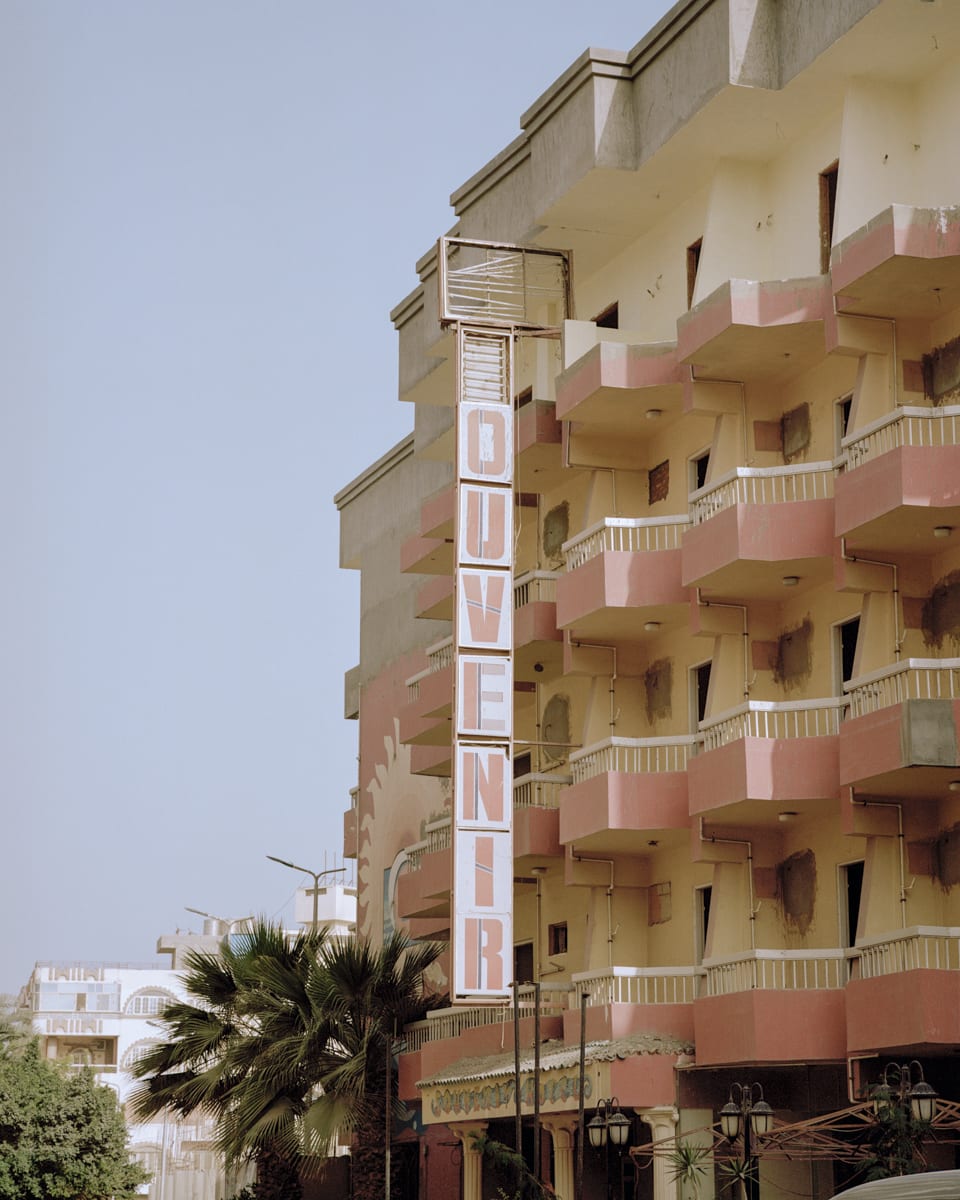
Pannell delved into the subject by speaking to individuals on the ground. Her photographic approach, however, focused heavily on documenting the visual landmarks emblematic of an industry in flux. “Everywhere I went, I found elements within the built landscape that lent themselves strongly to the narrative I was pursuing,” explains Pannell. “The conversations I had with locals reinforced the story I was documenting, and I wanted to strengthen this narrative through the selective use of environmental portraiture.” Despite the weighty subject matter, visually, the resulting body of work captures the remarkable beauty, history and culture for which the country is known.
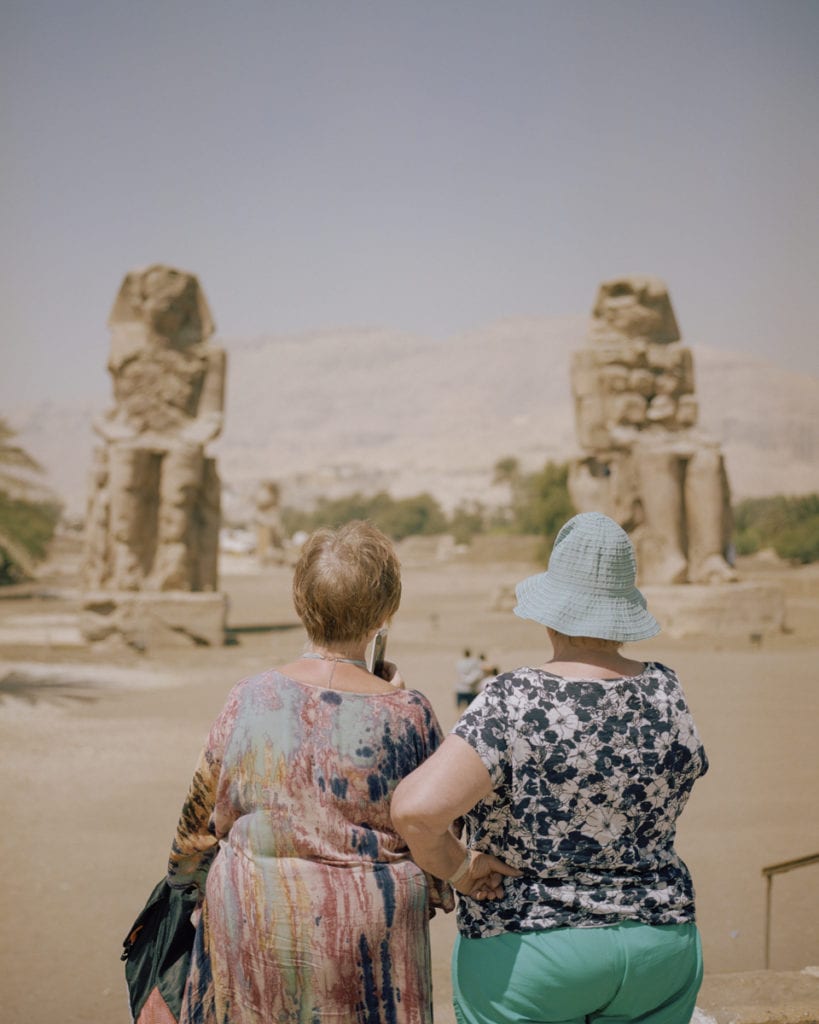
Travelling through Egypt, Pannell was able to observe the varying degrees to which places had been affected by the diminished tourist trade. The photographer landed in the Egyptian resort town of Sharm el-Sheikh. Once a major centre for tourism, today, following the Metrojet Flight 9268 disaster – during which an international chartered flight was destroyed by a bomb over Sinai – the metropolis is eerily quiet. “Arriving in a tourist town like Sharm, was an interesting and very apt way to begin the trip,” says Pannell.“It was quiet on the streets, even in the evenings when a lot of restaurants and bars are open for business.”
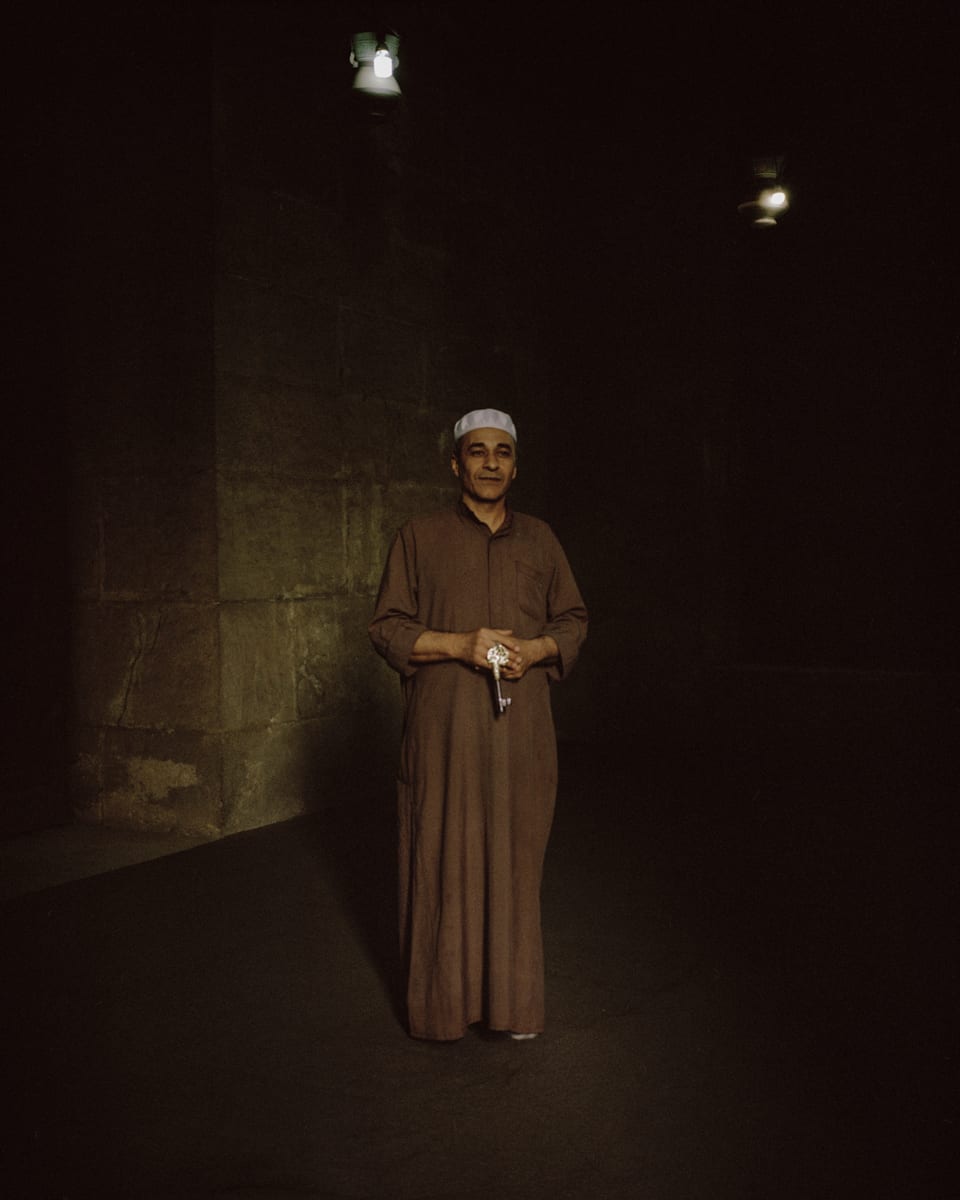
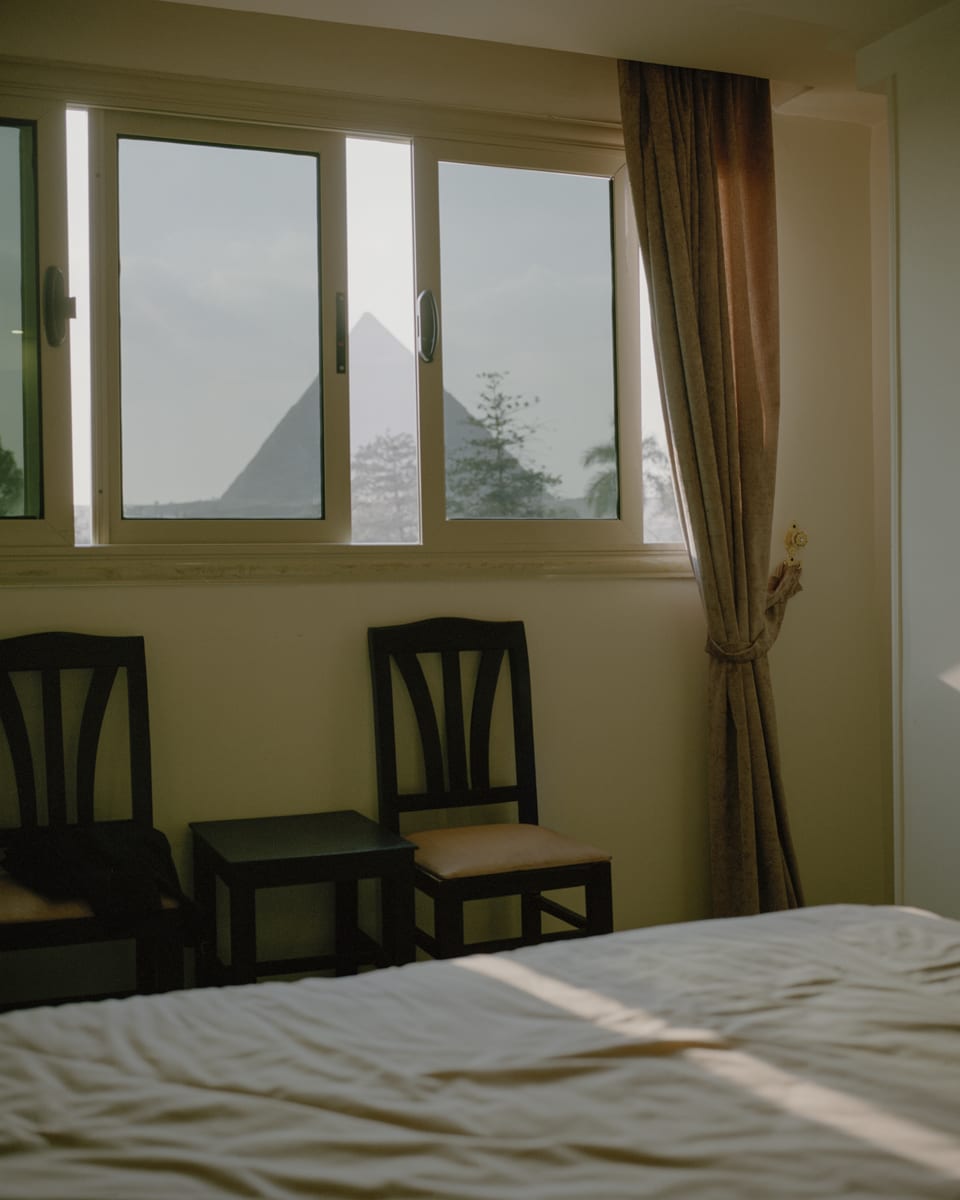
Pannell found the atmosphere in Cairo to be markedly different. The photographer quickly fell in love with Egypt’s sprawling capital. “I felt drawn to the chaos and loudness of the city, the build-up of dust and dirt on almost every surface, and the beautiful streets and urban motorways,” she says. “There is a strong sense of resilience in the air as you wander around on a quiet morning, or at midnight, when there seem to be more people out and about than indoors.” Beneath the surface, however, Pannell discovered a harsher reality. Ali, a shopkeeper in the Khan el-Khalili – a huge bazaar in Islamic Cairo – shed light on the situation. “Prior to 2011, Americans poured into Egypt en masse each year, and, according to the shopkeeper, they were very generous people,” she explains. “He said that while he still meets Americans here and there, it’s nothing like it was in the previous decade; he’s not sure if those numbers will recover.”
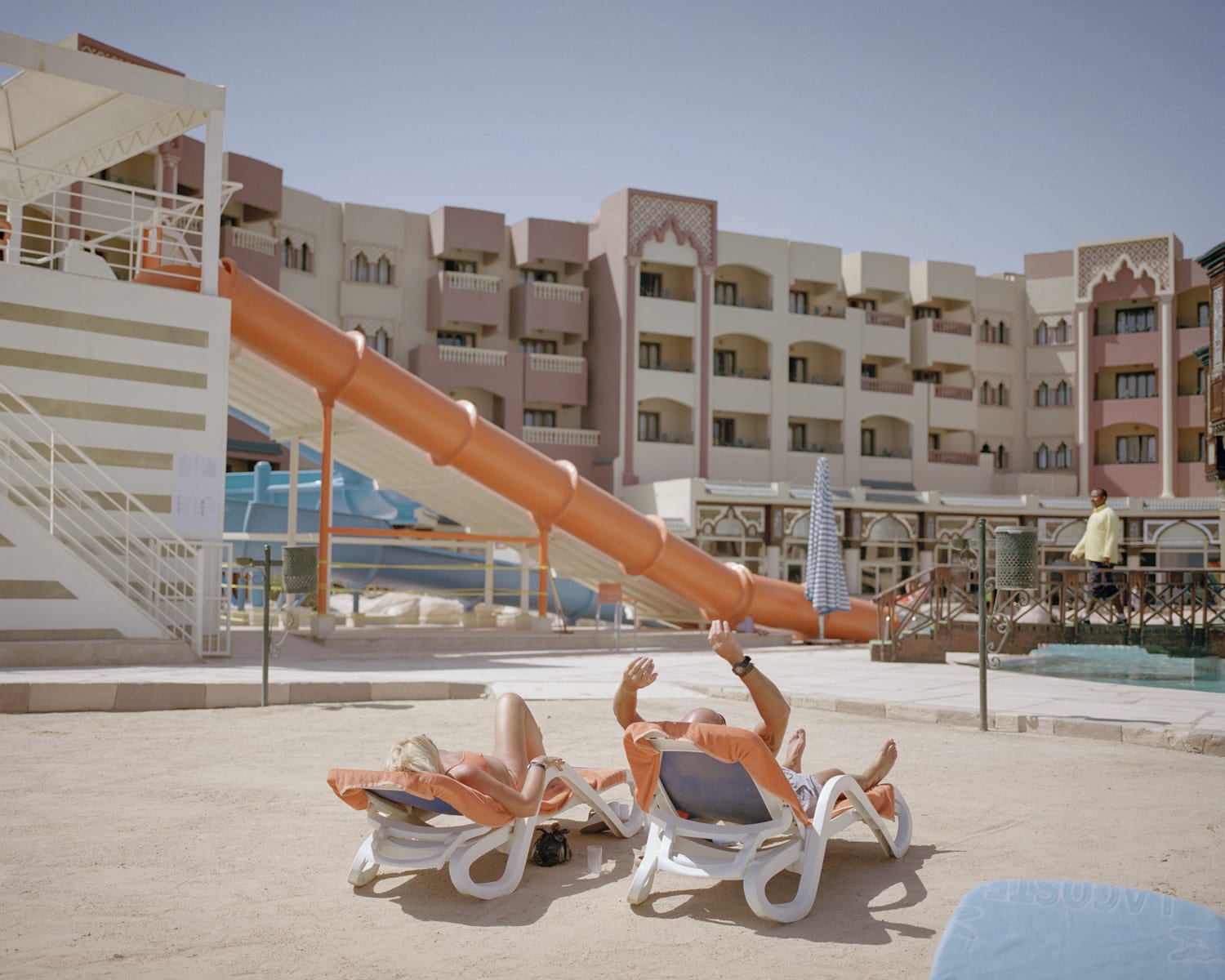
In the tourist hotspots of Giza – home of the Great Pyramids – and Luxor – where the Valley of the Kings and the Valley of the Queens are located – Pannell encountered an even more desperate atmosphere. She describes the overwhelming mass of touts and those trying to sell rides, experiences or cheap souvenirs: “I talked to many of these men, and younger boys, about how tough it has become for them to make an income, and the impact on their families when they are bringing in such small tips.” Sayed, who, after much persistence, persuaded the photographer to take a short camel ride around the Pyramids, offered further insight into the challenges of the situation. He explained to Pannell how the number of rides he is able to sell had dramatically decreased over the past few years: “He estimated that there are around 2,000 camels in Giza, with many sitting out in the reserves,” she says. “It’s highly competitive for the cameleers and the low prices that they are forced to offer doesn’t quite cut it in terms of financial stability.”
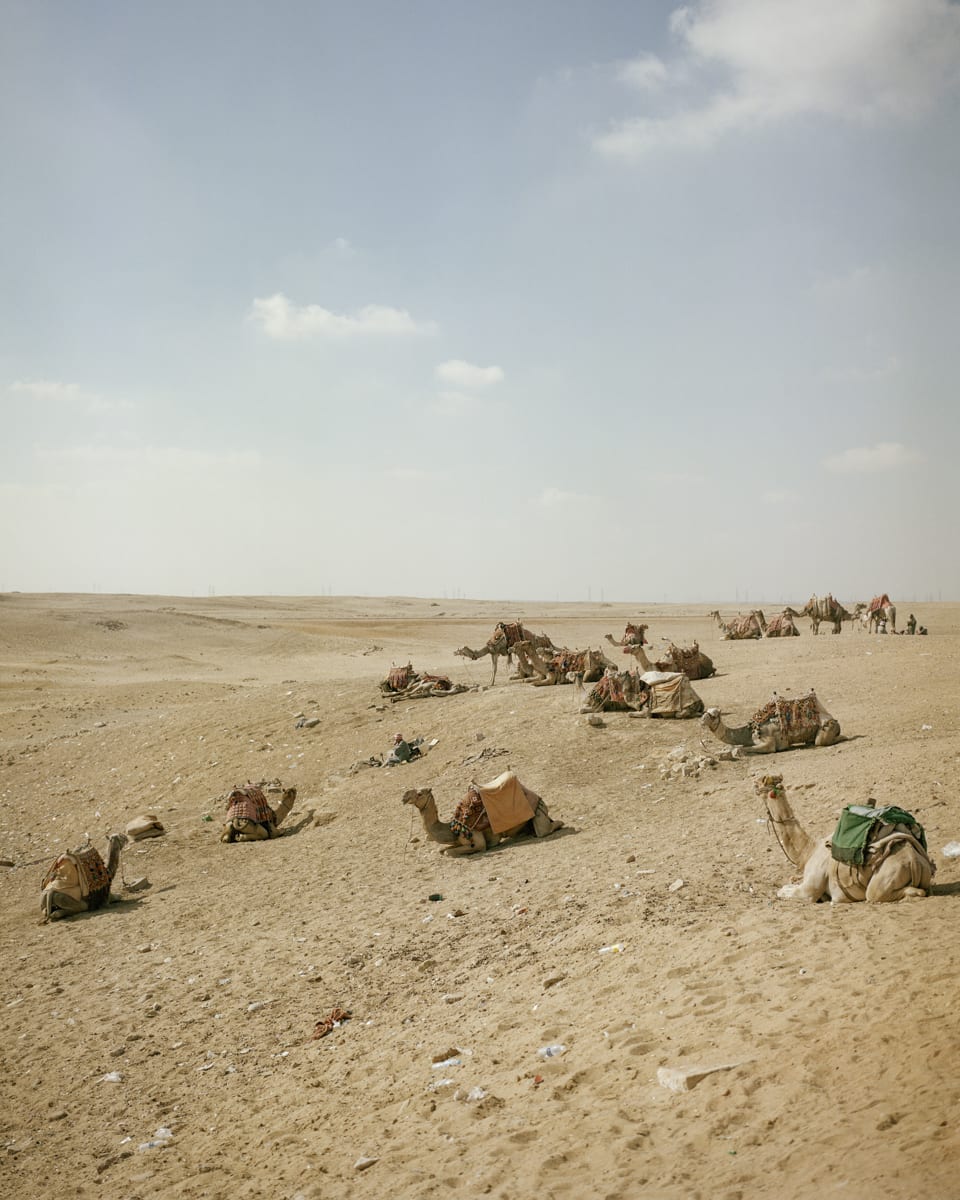
Egypt has yet to distance itself from the instability and upheavals that have dominated its recent history. At once an investigation of its diminished tourist industry and a study of the country’s majestic vistas, Pannell is keen that the photo-essay speaks to a vision of Egypt as it used to be known. Pannell herself did not know what to expect from the country. “We have this perception of Egyptian culture, which is predominantly shaped by popular culture. But, actually going to modern day Egypt, you are treated with a completely different image.”
The title of the resulting body of work encapsulates her experience of the country. “I Feel Like I Know You has a two-fold meaning,” Pannell explains. “In one part, it’s an ironic play on that notion of our perceived familiarly with Egyptian culture. But, it is also a reference to an awkward love note I received from a hotel owner upon checking out of my room. The end of the letter closed with: ‘I feel like I know you’, which was a rather perplexing thing to read from someone I had only spoken to briefly. I feel this title, while a little ambiguous, sums up my experience in one.”
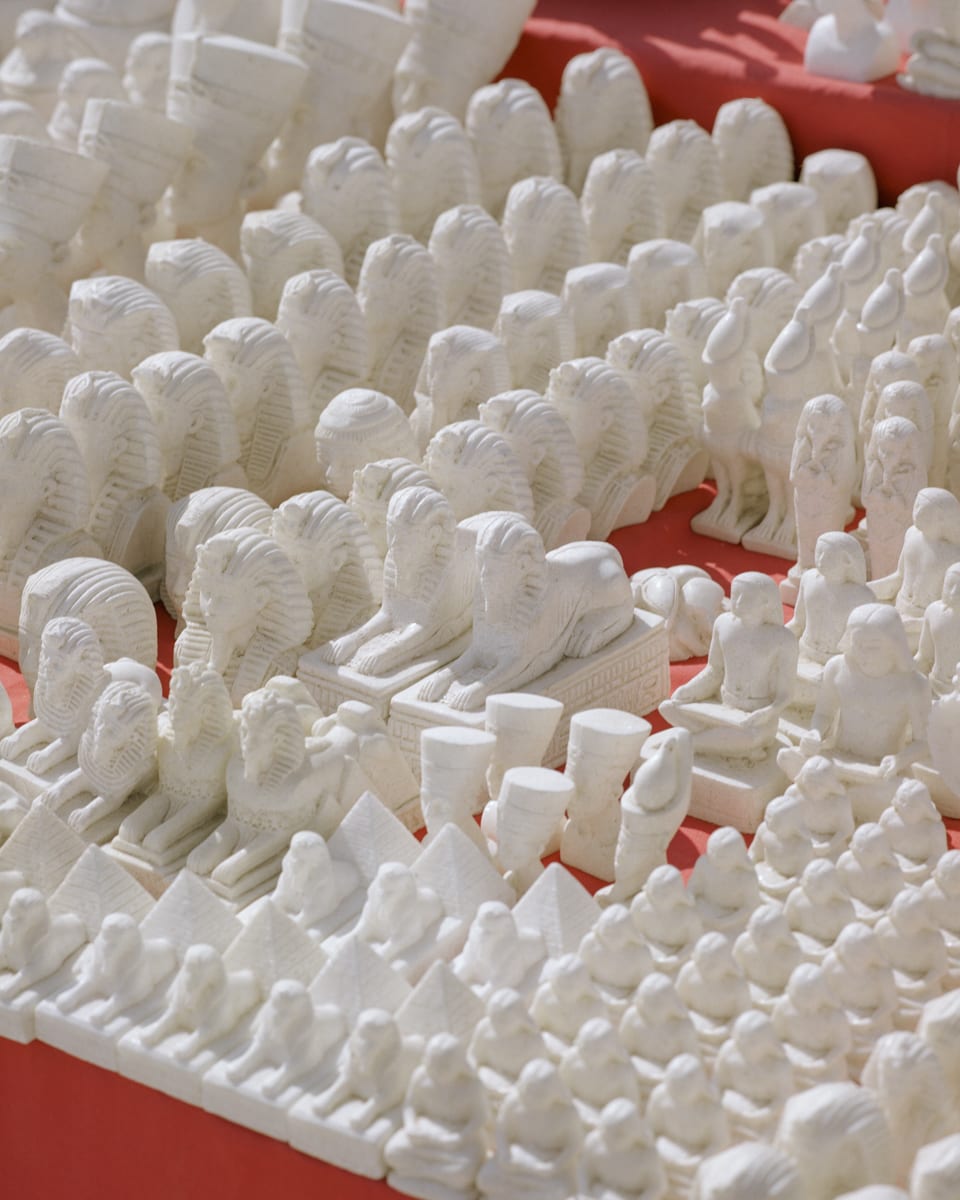
–
The Send Anywhere Awards is a British Journal of Photography commission made possible with the generous support of Send Anywhere. Please click here for more information on sponsored content funding at British Journal of Photography.
